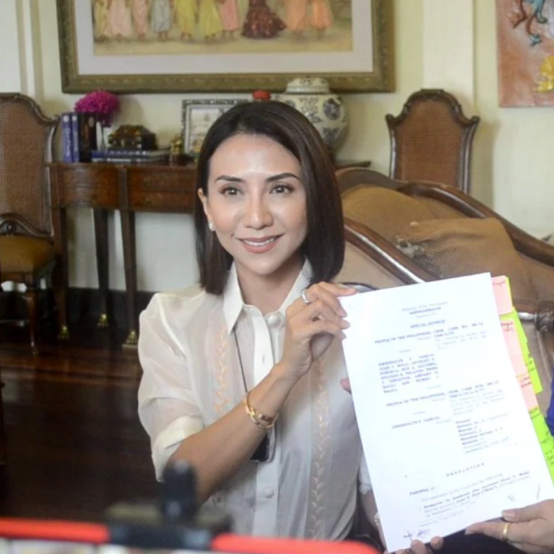Frasco commits to Marcos’ call for more tourism-driven infra projects

Ma. Christina Frasco. INQUIRER Visayas file photo
MANILA, Philippines —Tourism Secretary Christina Frasco on Thursday welcomed the recent pronouncement of President Ferdinand Marcos Jr. on the need to improve tourism infrastructure and level up the country’s tourism industry.
Marcos stated this on Tuesday during his second cabinet meeting, explaining that local tourism-related infrastructure must be at par with top tourist destinations such as Singapore.
In a statement on Thursday, Frasco expressed thanks to the President and assured the DOT’s commitment to boosting the country’s tourism industry.
“Certainly, to benchmark their policies in this regard would be the direction that we would take per your instructions,” Frasco said.
“Many measures could be improved as far as policy regulations, both on the national and local level, and proper coordination to be able to focus on the overall tourist experience from the time that he arrives to the point of entry to the time that he gets to his point of destination,” she added.
With Marcos’ pronouncement, Frasco laid out some of DOT’s objectives that included the following:
- the improvement of tourism infrastructure and accessibility;
- a cohesive and comprehensive digitalization and connectivity;
- enhancement of the overall tourist experience; equalization of tourism product development and promotion;
- diversification of portfolio through multi-dimensional tourism;
- maximization of domestic tourism; and strengthening tourism governance through close coordination with LGUs and stakeholders.
According to Frasco, the DOT will cooperate with government organizations that support tourism to improve tourist attractions’ connection.
More efforts will also be put toward clustering the tourism industry or creating regional tourism circuits so that there are more tourist attractions connecting larger provinces and more popular locations to smaller islands.
Additionally, there will be a focus on enhancing land, sea, and air transportation from arrival to departure, minimizing the number of legs a visitor must travel to reach his destination, and assessing the accessibility and cost of these routes.
“While it’s true that we do have available international airports at certain gateways across the Philippines, the reality is that many of these airports are simply not yet of the global standard that would put us at par with our direct competitors in the ASEAN member nations,” said Frasco.
“Second, there’s also a need to revisit the capacity of these airports as that will greatly determine whether or not there would be an addition of direct flights to our tourist destinations. And finally, the availability of seaports and so there is also a necessity to identify and study which particular tier one and tier two tourism destinations are still in need of ports of entry or need of improvement as far as ports of entry is concerned,” she added.
Apart from this, Frasco said the DOT will also work on enhancing tourist experience by establishing tourist service centers and rest areas across the regions.
Frasco also echoed Marcos’ order that the country should bank on domestic tourism and explore this simultaneously with international tourism to yield better economic returns.
“From our experience in Cebu, it was really domestic tourism that helped Cebu in its recovery from the ravages of the pandemic and typhoon Odette. The President’s recognition of the need to maximize domestic tourism simultaneously with International tourism would surely raise our regional and global standing because his vision is very clear on the elevation of all the elements constituting the Philippine tourism industry as a whole,” said Frasco.
RELATED STORY:
DOT hopeful Boracay will help PH regain global prominence
JPV/abc
Disclaimer: The comments uploaded on this site do not necessarily represent or reflect the views of management and owner of Cebudailynews. We reserve the right to exclude comments that we deem to be inconsistent with our editorial standards.
